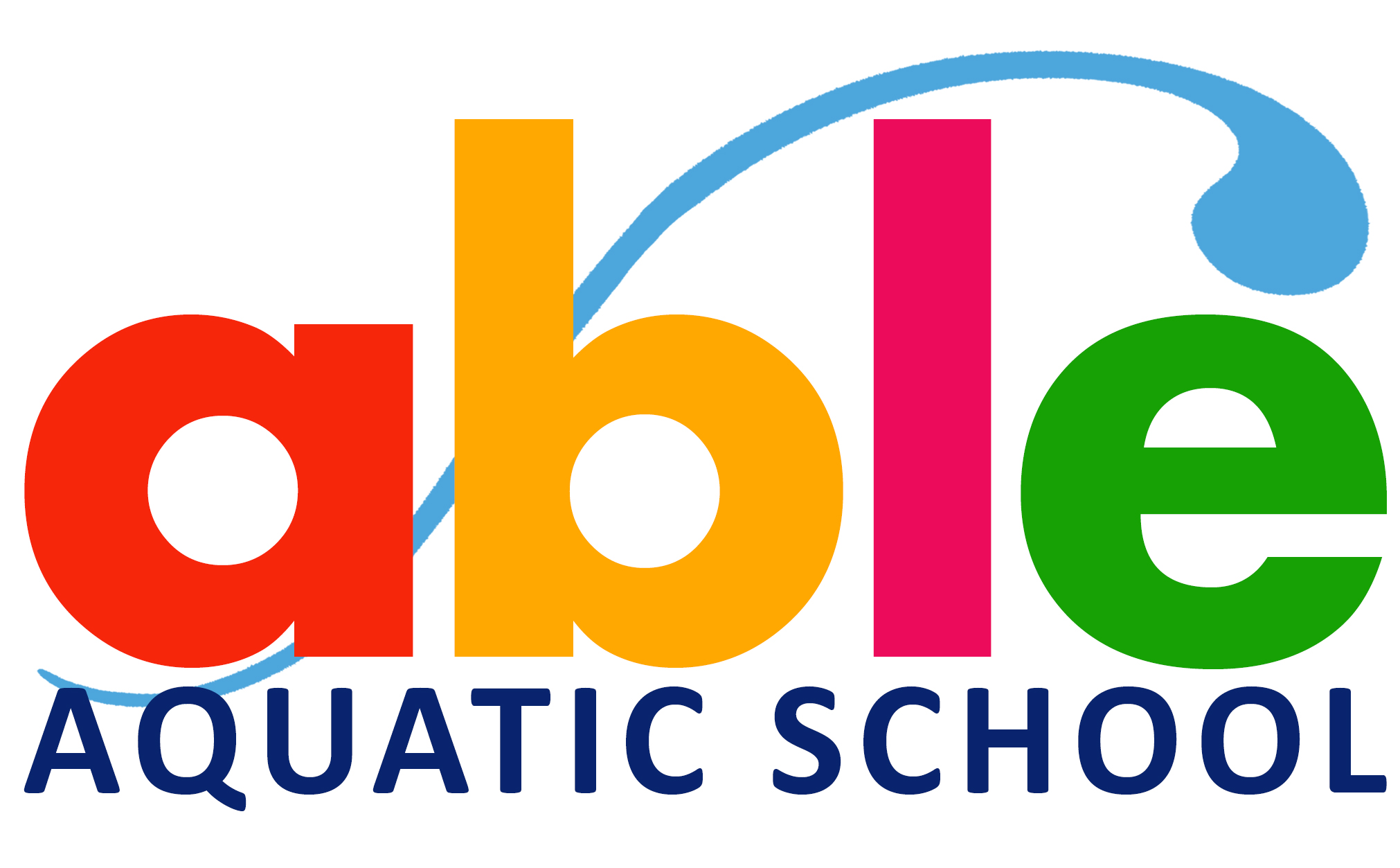Babies have a pair of reflexes that can make them appear to be good swimmers: the dive reflex and the swimming reflex.
The dive reflex
This reflex, also called the bradycardic response, causes babies to hold their breath and open their eyes when submerged, says Jeffrey Wagener, a pediatric pulmonologist in Denver. Parents can get this same reaction by blowing in their baby’s face. The response weakens as a baby gets older, but even adults have it to some degree.
Swedish researchers studying the dive reflex in 21 infants between 4 to 12 months old found that none of them inhaled water or choked during “diving” (being pulled underwater). They also noted that the babies didn’t seem apprehensive about the next dive. In fact, some seemed eager to dive again!
Many infant swim programs rely on the dive reflex to allow babies to “swim” before they’re old enough to hold their breath intentionally.
The swimming reflex
Until around 6 months, babies placed in water tummy-side down will move their arms and legs in a swimming motion. When the swimming reflex and the dive reflex are both engaged, a baby can look like a natural swimmer.
Cautions about babies in water
“These reflexes don’t mean the baby can swim, though,” says Wagener. What’s more, they don’t protect a baby from drowning. (In addition to the risk of drowning, it’s dangerous for an infant to swallow large amounts of pool water.)
